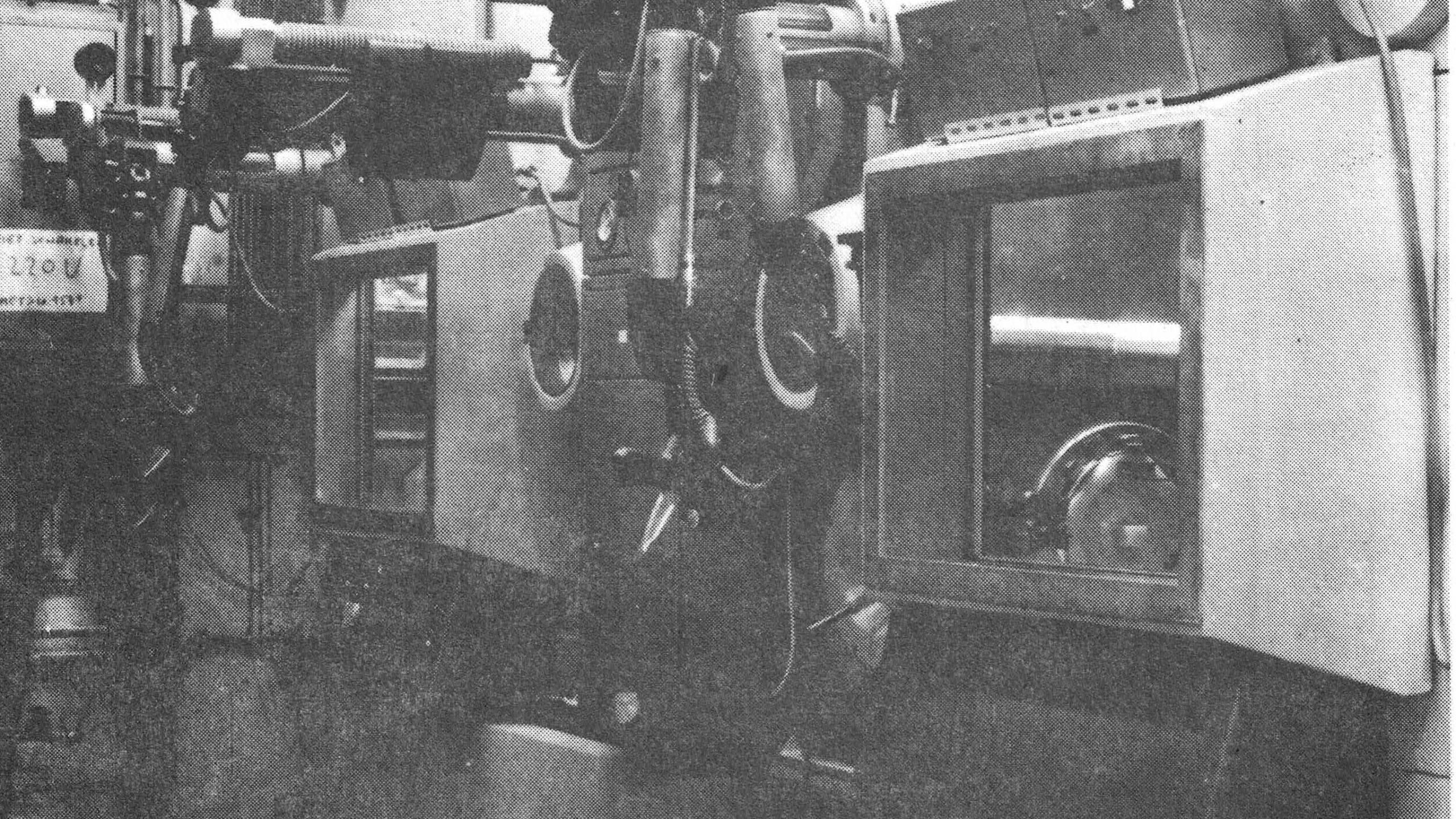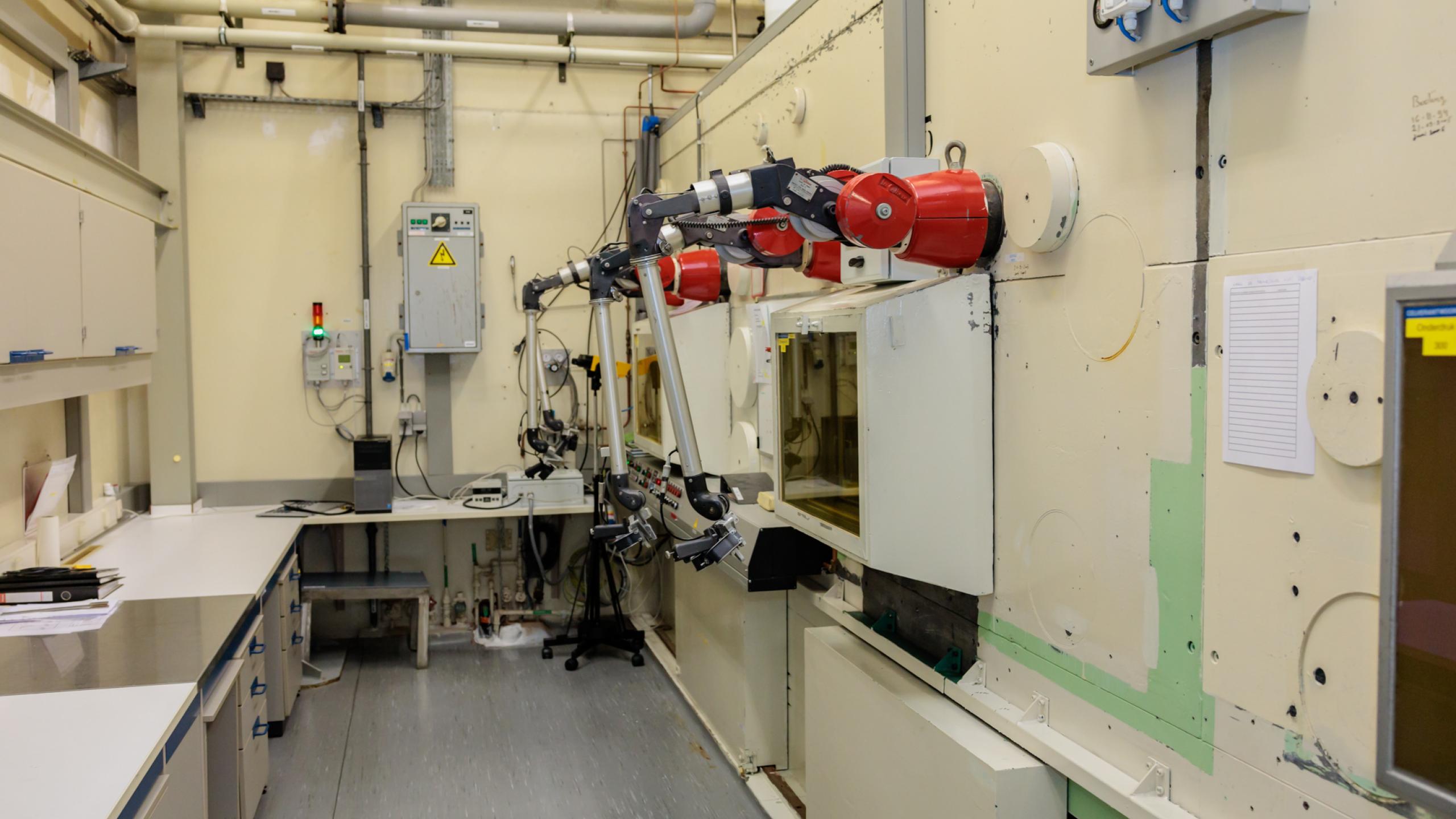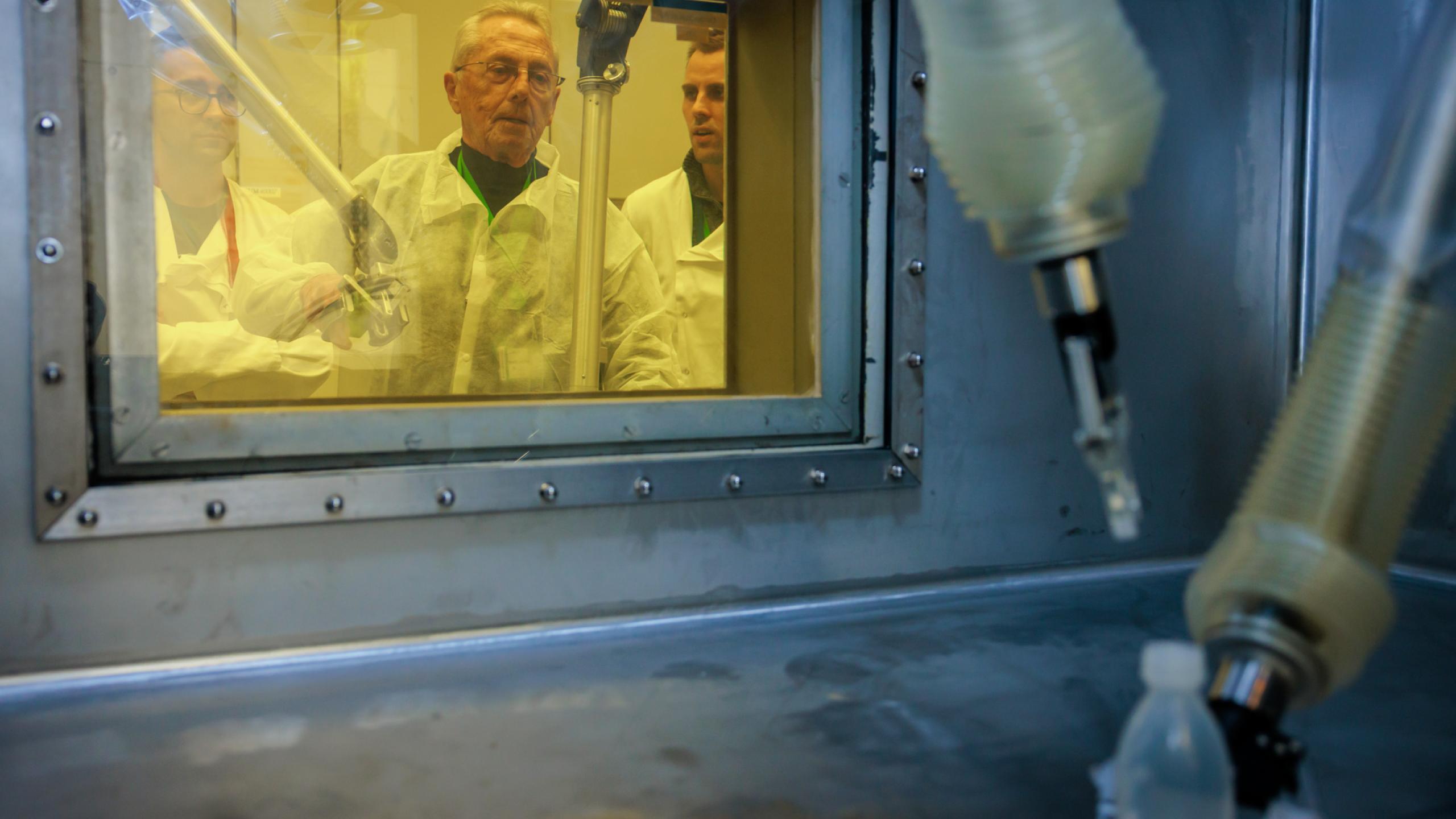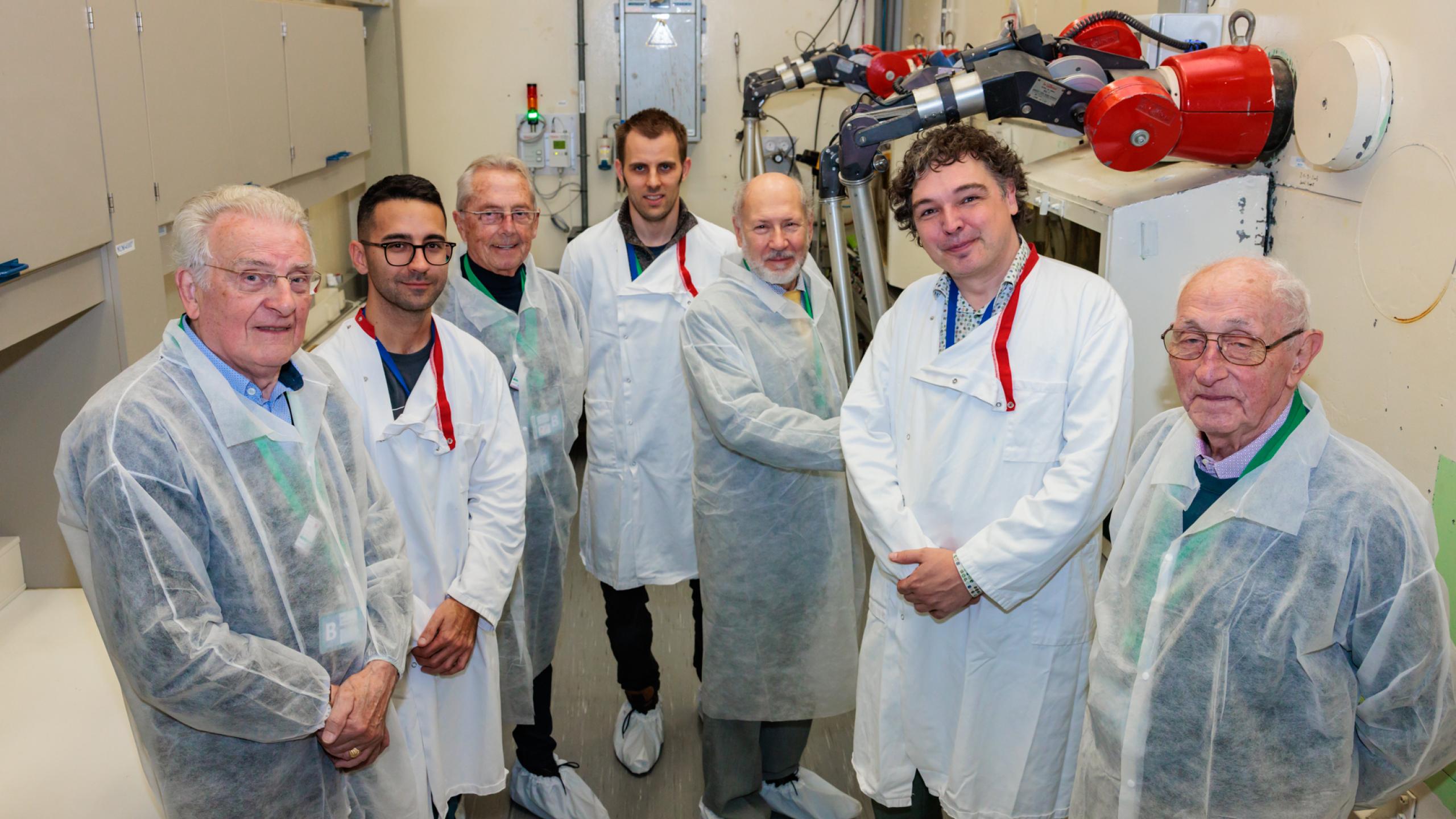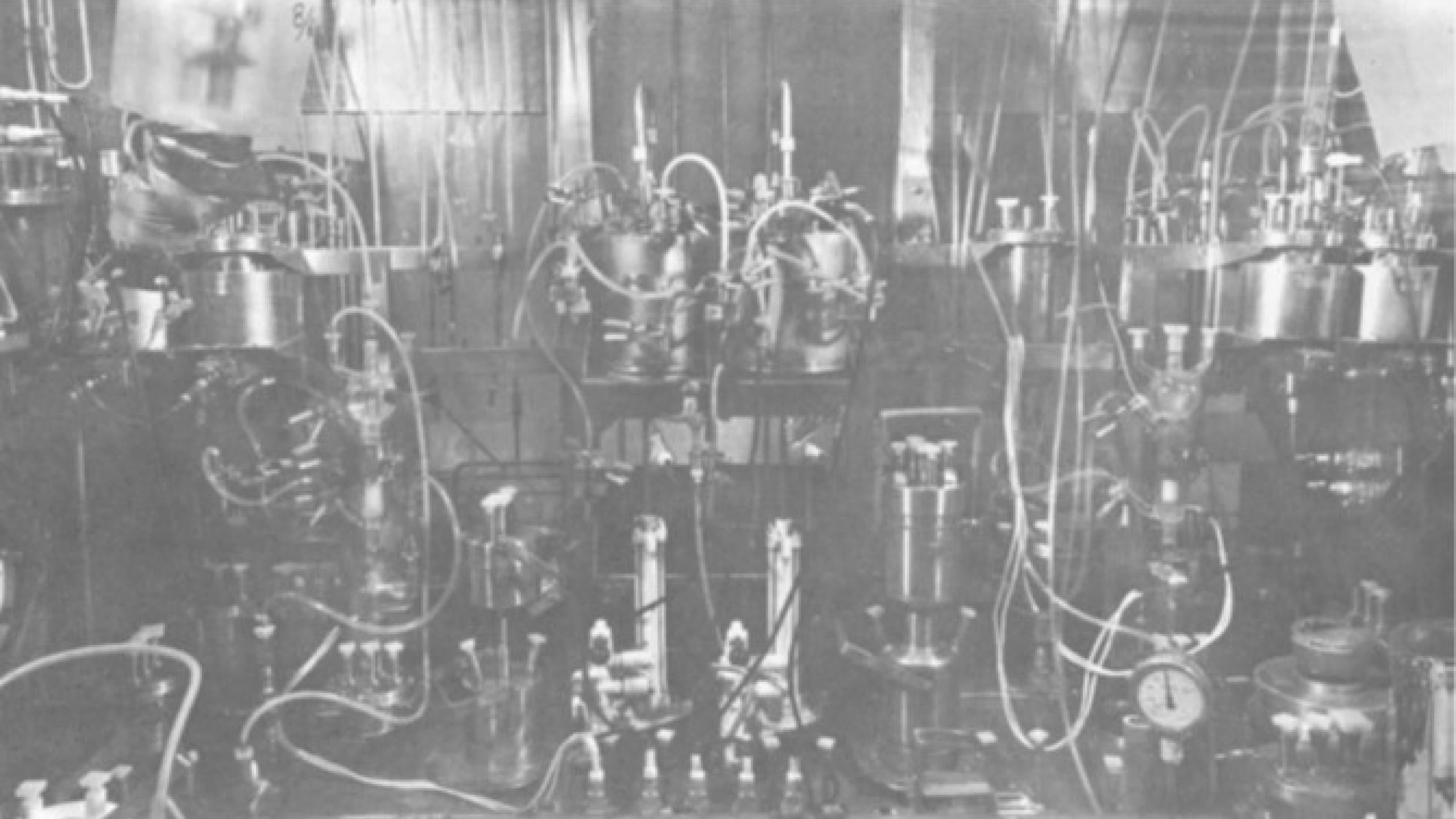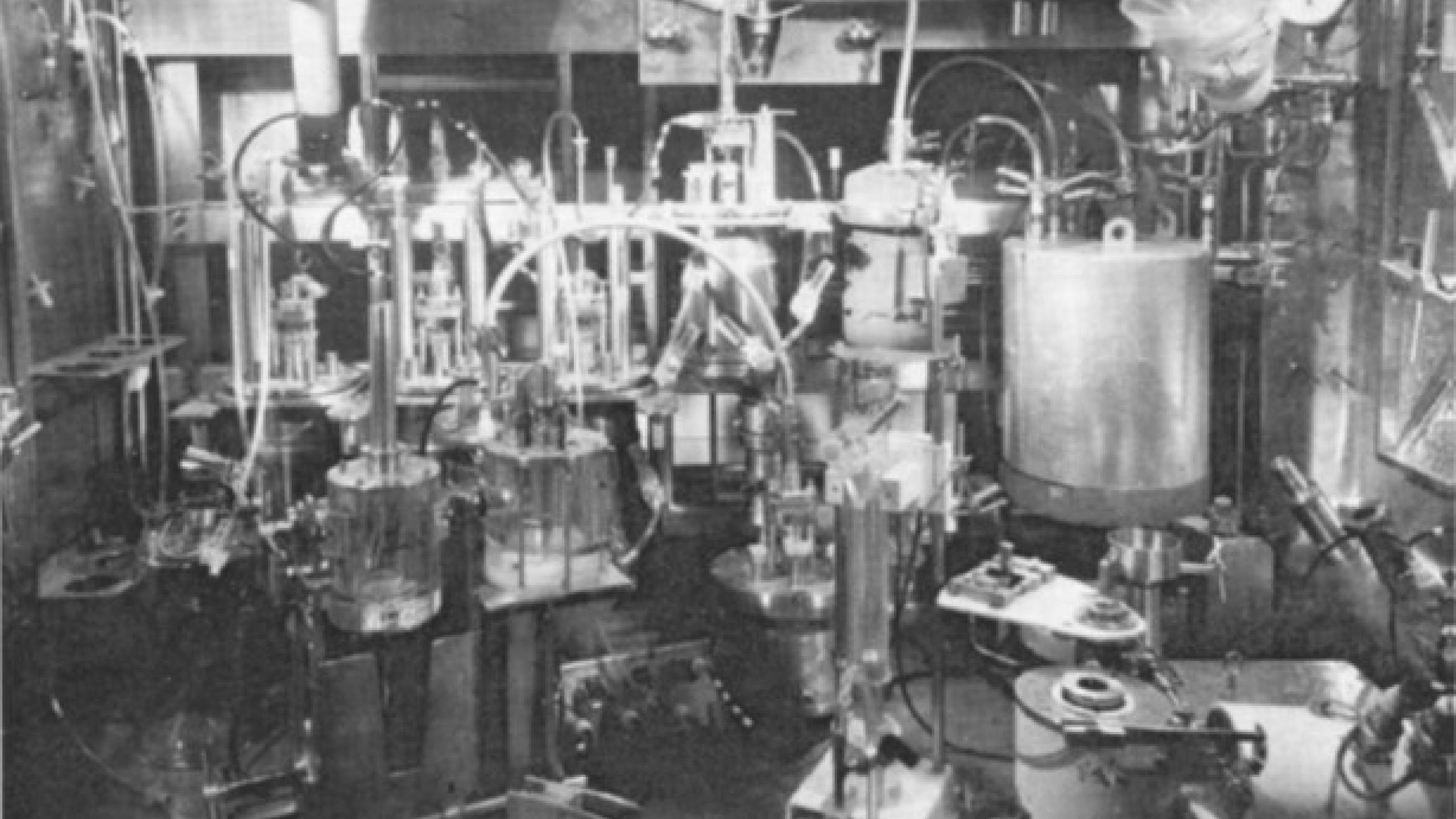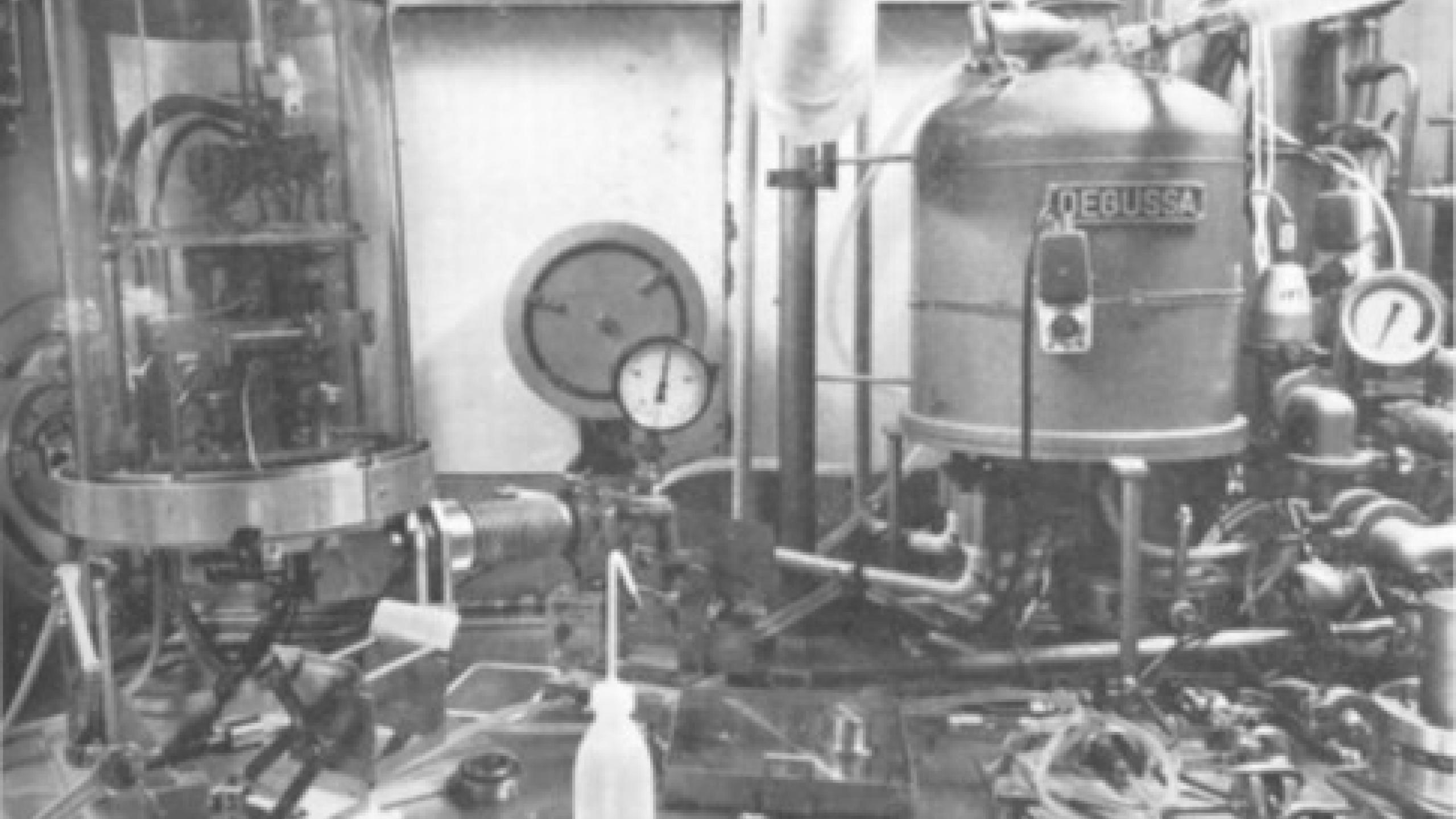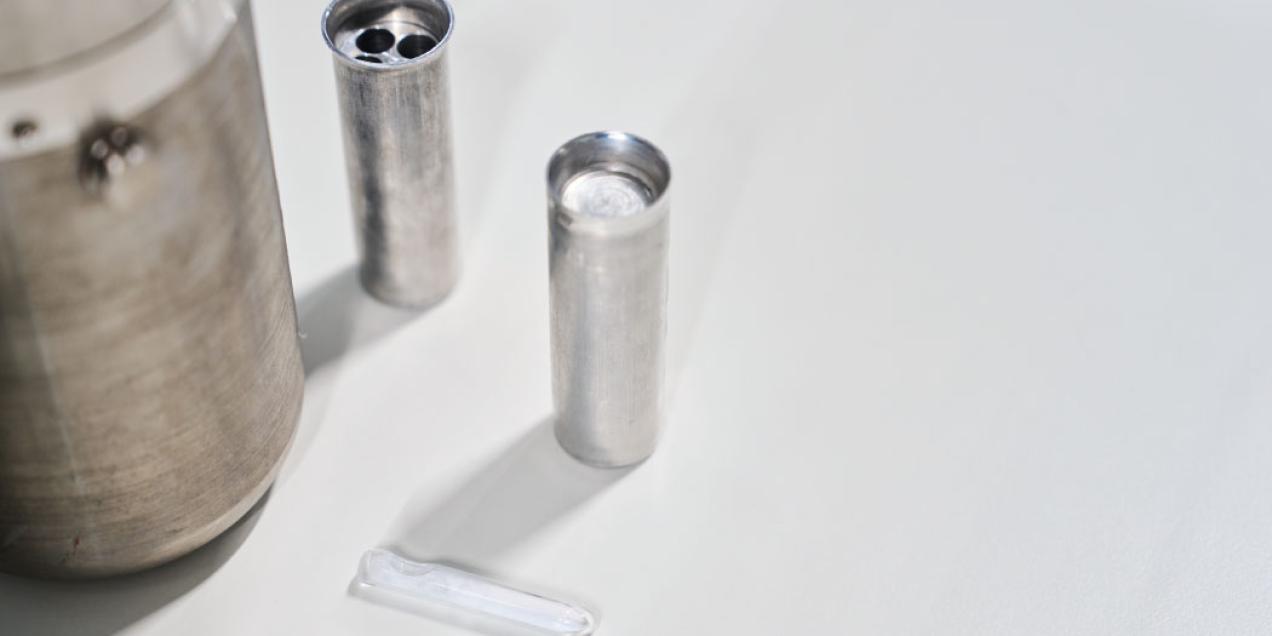How space innovation led to modern cancer treatments
Reunion with SCK CEN experts ensures future production of actinium-225
The nuclear research centre SCK CEN gets visitors from all sectors: ambassadors, politicians and scientists. Today, however, its joint venture with IBA, called PanTera, has the honour of hosting special guests: former colleagues. They were the pioneers behind actinium production to power spacecraft. And what they did not know at the time is that their work laid the foundations for innovative cancer treatments. On the Day Against Cancer, we brought both teams - those of the past and present - together to share knowledge and experiences.
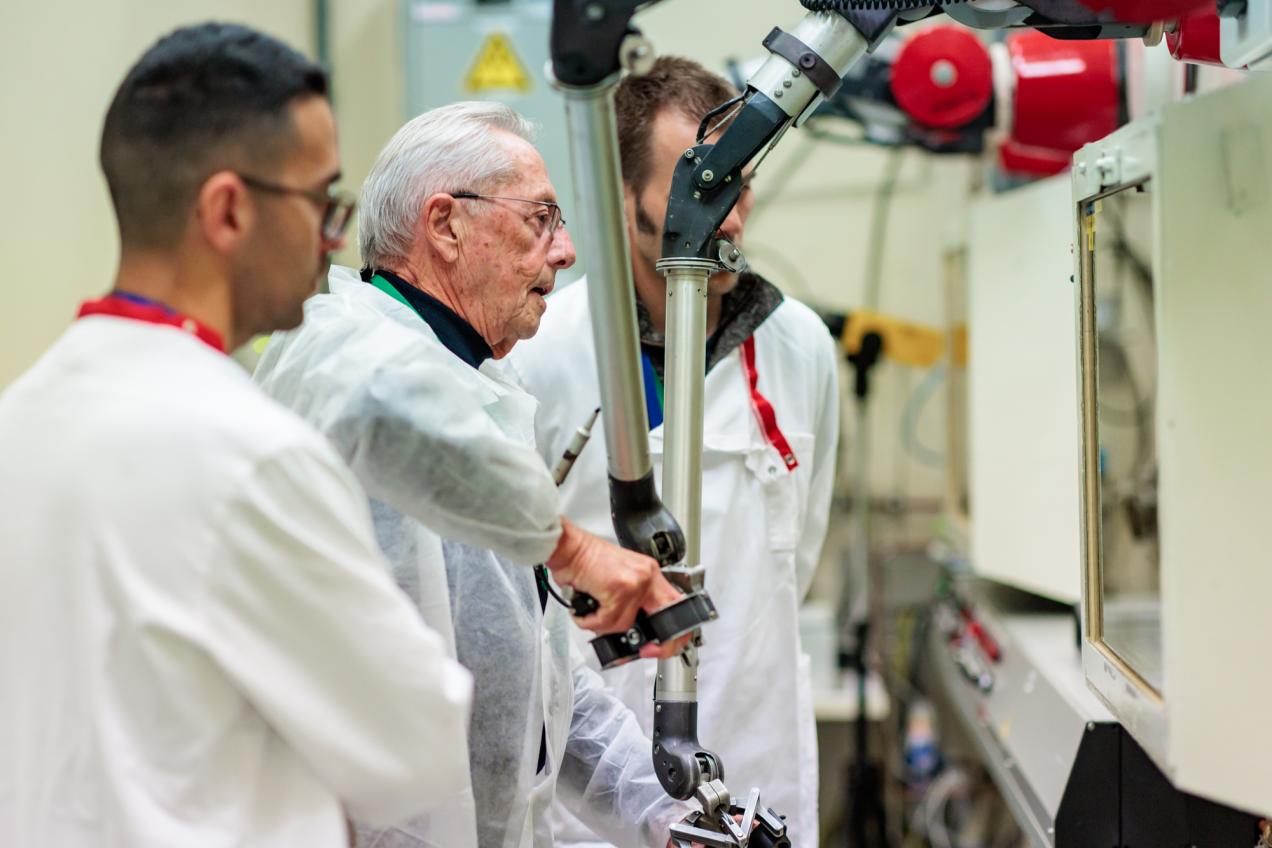
And that initiative was met with great enthusiasm among the team that will work for PanTera. “Getting together with former colleagues was like a journey from space innovation to modern cancer treatments. Their experiences are crucial lessons that we can apply in our current mission in the fight against cancer. And knowledge transfer is important. What we have learned today strengthens our bridge to the future - one where we build on the impressive heritage of pioneering work that once began here, with new treatments and hopeful perspectives for cancer patients,” said Dominic Maertens, researcher at SCK CEN.
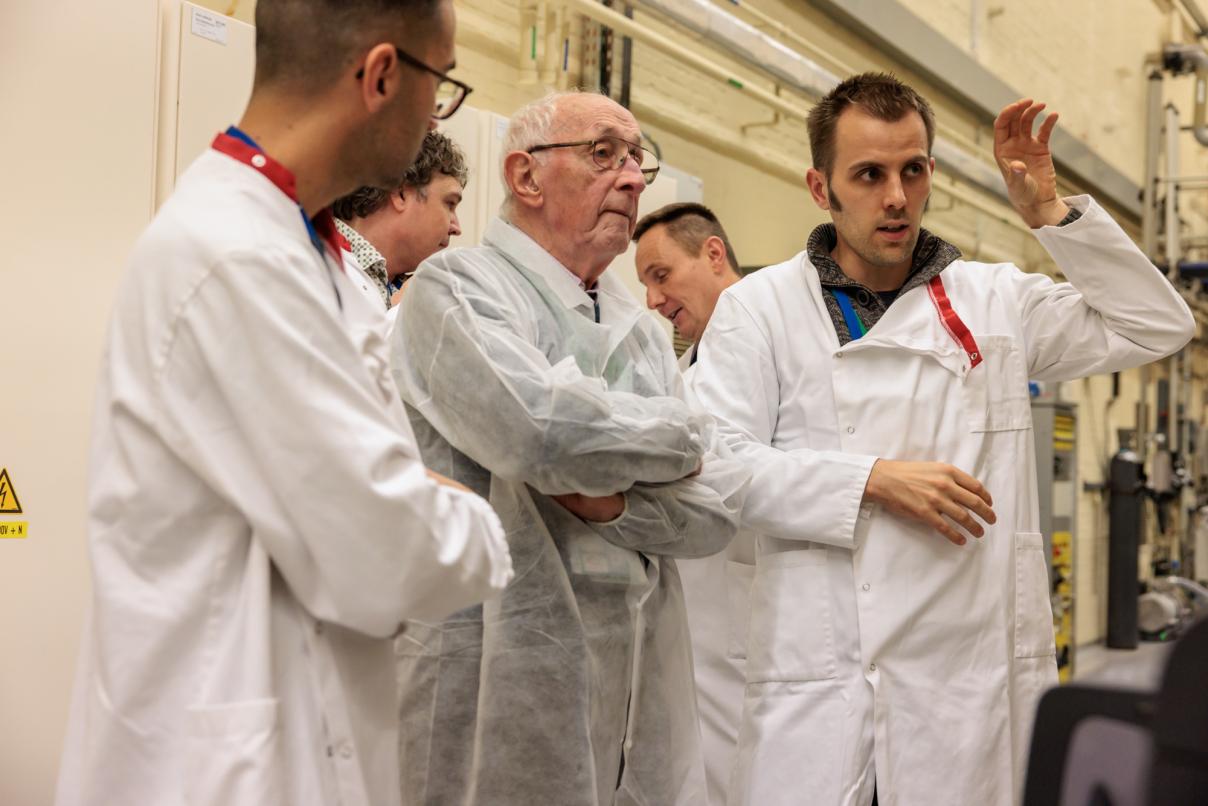
Space and energy
This pioneering work dates back to the late 1960s and early 1970s. At the time, the sky was not the limit. The United States and Russia competed for the first man in space, the first man on the moon. Half the world was sitting – literally – with its head among the stars. Many countries had extensive space programmes back then, in order to answer unsolved questions. One of the questions on the table was energy supply. Actinium-227 appeared on the international radar. With its half-life of 21.79 years and a high, specific power of 14.6W.g-1, it is an ideal radioactive source for what are known as 'Radionuclide Thermo-electric Generators' (RTGs). These generators use decay heat from a radionuclide to generate energy for spacecraft.[1]
----------------------------
[1] Today, Perseverance and Curiosity use such RTGs to drive around Mars. Those RTGs operate with plutonium-238 as a heat source. SCK CEN is working on a way to provide Europe with that radioisotope for space mission in the future. [Read more about the PULSAR project]
Washing order for nuclear medicine
At the time, Union Minière and the German company Brown, Boverie & Cie joined forces to develop such a generator. For the production of actinium-227, they knocked on the door of the Belgian nuclear research centre SCK CEN. Actinium-227 is obtained by irradiating radium-226 in a research reactor and then purifying it. Or, to put it in a quaint way : “washing it”.
PanTera – the Belgian joint venture founded by SCK CEN and IBA – will apply a similar ‘washing order’ but for a completely different reason. “We don't want to isolate actinium-227, but actinium-225. To do this, we will not irradiate radium-226 in a reactor, but rather in an accelerator. Indeed, actinium-225 has the powerful potential to treat cancers more effectively,” explains Sven Van den Berghe, CEO of PanTera. Results on more than 1,500 people now show that the radioisotope completely eliminates cancer cells in many patients instead of just inhibiting tumour growth. The risk of relapse also seems to decrease. Today, numerous studies are ongoing on the potential of actinium-225 to fight multiple types of cancer: both high-prevalence cancers such as prostate, lung, colon and breast cancer, as well as neuroendocrine tumours in the pancreas and other organs. It is also effective for treating more rare cancers such as glioblastoma, the deadliest form of brain cancer that often affects children.
Current infrastructure
And there is more. PanTera's team will modernise and use the same infrastructure that was custom-built for actinium production at the time. “We worked at the frontiers of space innovation, not knowing that our efforts would leave an indelible mark on modern cancer treatments. It is an honour to see our pioneering work live on and transform into a source of healing and hope for the future. I hope our stories have not only inspired the current generation but also imparted some practical wisdom,” said José Van de Velde, retired colleague from SCK CEN.
ICERR recognition
This infrastructure is in SCK CEN’s Laboratory for high and medium activity (LHMA). Does this laboratory ring a bell? Maybe! That infrastructure played a part in the re-designation to SCK CEN as ICERR. In September 2023, the International Atomic Energy Agency (IAEA) once again bestowed its prestigious ICERR recognition upon SCK CEN.
Would you like to read more about this recognition?
